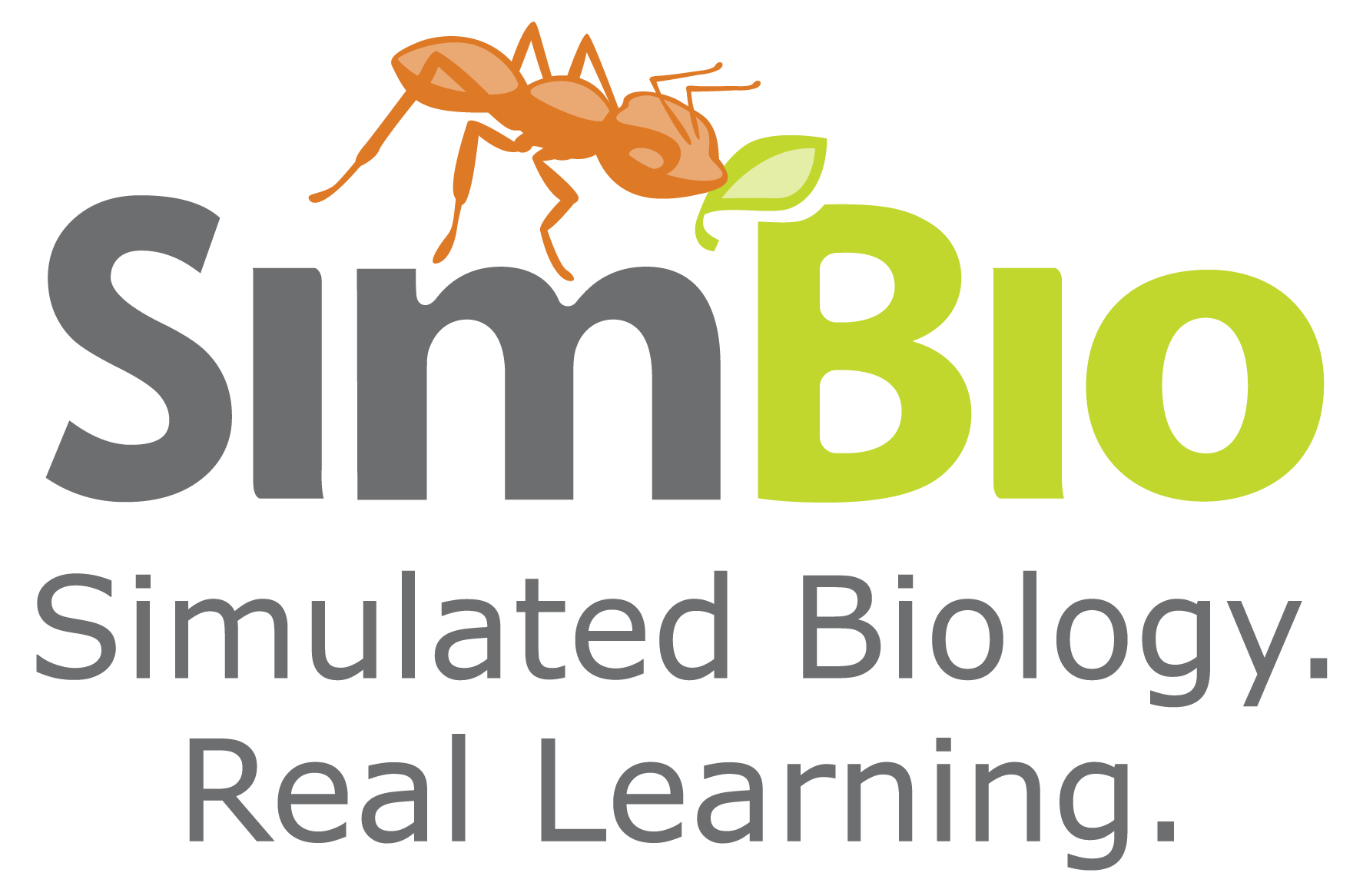Predator-Prey Interactions: Selective foraging by wolf spiders
Author(s): Cindy Bennington
Stetson University
1179 total view(s), 824 download(s)
Mayntz Figure.pptx(PPTX | 46 KB)
Predator-Prey Graphs.xlsx(XLSX | 50 KB)
TeachingNotesWolfSpiderCaseStudy.docx(DOCX | 17 KB)
Wolf Spider Foraging Case Study.pptx(PPTX | 12 MB)
- License terms
Description
This case study introduces students to a variable, prey quality, that can affect the predator-prey relationship predicted by the Lotka-Volterra model. By presenting data from two studies, one observational and the other manipulative, students must consider the way in which experimental design can limit the interpretation of results, and are asked to think about prey choice as a trait subject to natural selection. Multiple choice questions answered using interactive technology such as Poll Everywhere allow for immediate feedback and short discussion following the reveal of each answer. Open-ended questions allow students to “think-pair-share” before discussing ideas with the entire class. Though the case can be adapted to be shorter or longer, the instructor should be prepared to spend about 30 minutes of class time for completion of the exercise as written.
Cite this work
Researchers should cite this work as follows:
- Bennington, C. (2019). Predator-Prey Interactions: Selective foraging by wolf spiders. SimBio FMN (2019), QUBES Educational Resources. doi:10.25334/Q4VX6P
